Libraries Help Professor Identify Century-Old Mystery Clipping and Advance Research Into Photographer F.G. Weller
Not long after Associate Professor Melody Davis, Ph.D., published “Sentiment and Irony: The Stereoscopic Treasures of F. G. Weller” in 2019, she received a note from a great-niece of the photography pioneer.
The note expressed appreciation for “Sentiment and Irony,” which includes the complete narrative stereoscopic photographs* of F.G. Weller.
Weller’s relative also sent a copy of a newspaper clipping memorializing Weller, which Davis had not found in her research.
“It was important information about his study with a painter, Samuel Lancaster Gerry,” Davis said.
“This changes the perspective, for it reveals that Weller was not a small town ‘naive’ photographer but was artistically trained, and likely in Gerry’s Boston studio.”
What the clipping did not have was bibliographic information that would allow her to cite it in future publications or presentations.
The only clue was a line that the article’s contents had been reprinted from a piece in Anthony’s Photographic Bulletin — a periodical published from 1870 through 1901 — “a couple months prior” to Weller’s death.
“As Weller died in December 1877, I figured the original was to be found in that year,” Davis said.
When her attempt to locate the original Photographic Bulletin piece in online archives was unsuccessful, she reached out to Erik Riley, resource sharing specialist in Russell Sage College’s library.
Riley said the challenge of this project was finding a library that owned the rare Photographic Bulletin, and also a library that was able to assist, since many were operating with limited staff, hours and services during the COVID pandemic.
In February 2022, he found that the Rare Books and Manuscript Library at Columbia University had a bound copy of Anthony’s Photographic Bulletin and used his persuasive powers to talk the librarians into searching through the 1877 volume.
The sought-after clipping wasn’t in there.
By then, with assistance from the public library in Littleton, New Hampshire, Professor Davis had found that the reprint that claimed to be an excerpt from a Photographic Bulletin article published “a couple months prior” to Weller’s death came from the Littleton Argus, a short-lived newspaper in Weller’s hometown.
“Clearly, the Littleton Argus had published an incorrect date,” she said.
She shared a scan from the Argus with Riley and through him, asked if the Columbia Library could please search through the two prior years, 1875 and 1876.
“I told him that some extra encouragement might be found in the fact that I am an alumna of Columbia,” said Davis. “The good librarians of Columbia found it in an 1875 volume. This is interlibrary loan research above and beyond the call of duty!”
Davis now has a clear scan of the original article from Anthony’s Photographic Bulletin, and a new direction for her ongoing research into Weller.
“One can notice that his treatment of the mise en scene of the stereoviews, and his carefully painted and perspectival backdrops reveal artistic training,” she said, ”but the record has been absent of the details of this until now.”
“The Gerry link explains Weller’s early photography, which is indebted to the Hudson River School,” she continued. “It also supports the visual evidence in his narrative work or what he called his ‘Stereoscopic Treasures.’ They reveal a high degree of craftsmanship down to the last detail.”
Erik Riley received one of Sage’s Distinguished Service Awards at the end of the 2021-2022 academic year for the research assistance he provides to faculty and students at the library.
“Erik is simply exceptional, and our RSC libraries are extraordinary,” said Davis, who nominated him for the award.
“This project highlights exactly what our library does,” Riley said. “We are here to help students and faculty — with papers, with projects or with anything they may need.”
* Stereoscopic images are 3D images that were popular for entertainment and advertising in the 19th century; visit Sentiment and Irony for stereoscopic images and instructions for viewing them.

